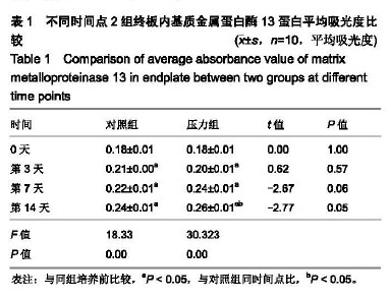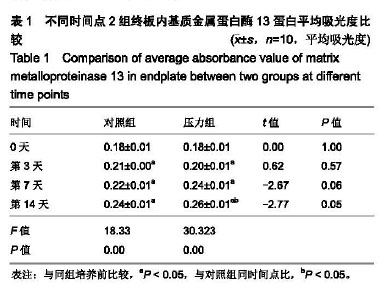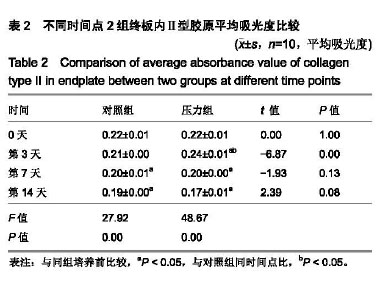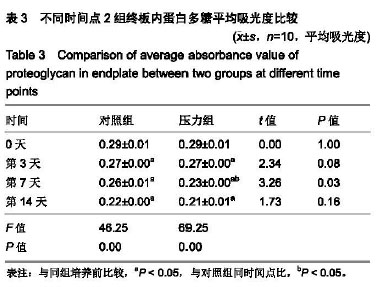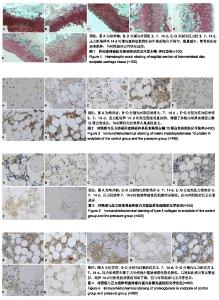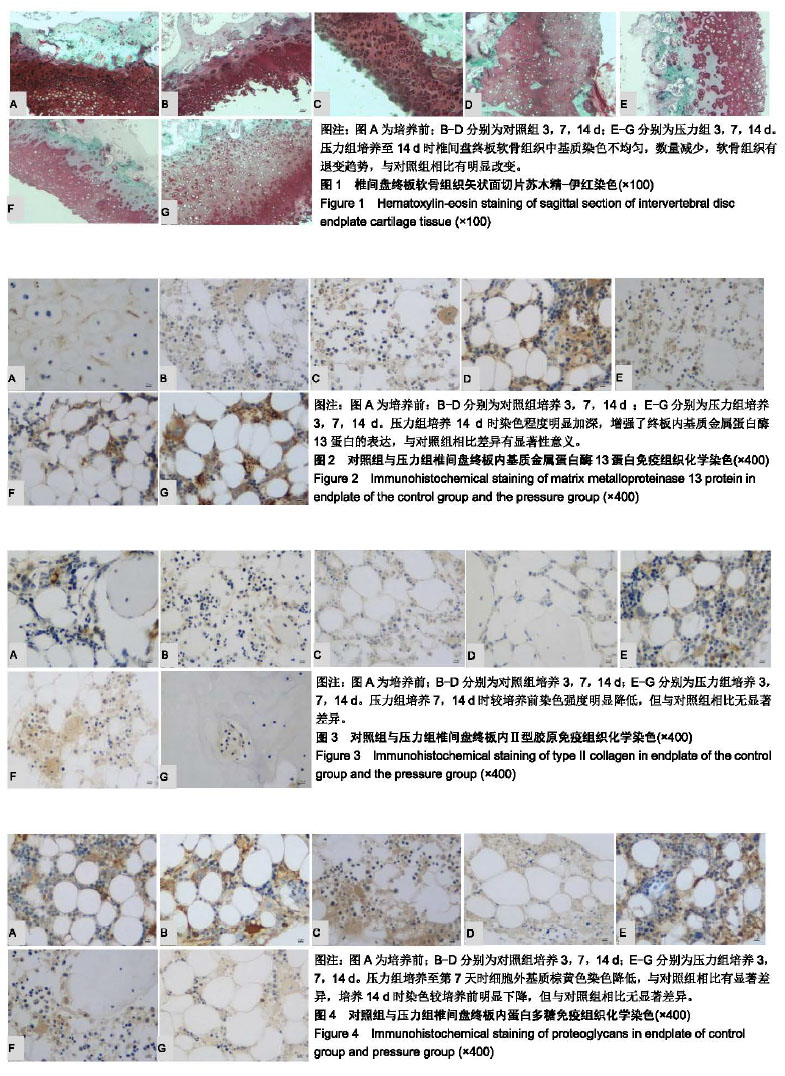| [1] |
Xu Feng, Kang Hui, Wei Tanjun, Xi Jintao.
Biomechanical analysis of different fixation methods of pedicle screws for thoracolumbar fracture
[J]. Chinese Journal of Tissue Engineering Research, 2021, 25(9): 1313-1317.
|
| [2] |
Lu Dezhi, Mei Zhao, Li Xianglei, Wang Caiping, Sun Xin, Wang Xiaowen, Wang Jinwu.
Digital design and effect evaluation of three-dimensional printing scoliosis orthosis
[J]. Chinese Journal of Tissue Engineering Research, 2021, 25(9): 1329-1334.
|
| [3] |
Zhang Tongtong, Wang Zhonghua, Wen Jie, Song Yuxin, Liu Lin.
Application of three-dimensional printing model in surgical resection and reconstruction of cervical tumor
[J]. Chinese Journal of Tissue Engineering Research, 2021, 25(9): 1335-1339.
|
| [4] |
Yao Rubin, Wang Shiyong, Yang Kaishun.
Minimally invasive transforaminal lumbar interbody fusion for treatment of single-segment lumbar spinal stenosis improves lumbar-pelvic balance
[J]. Chinese Journal of Tissue Engineering Research, 2021, 25(9): 1387-1392.
|
| [5] |
Wang Haiying, Lü Bing, Li Hui, Wang Shunyi.
Posterior lumbar interbody fusion for degenerative lumbar spondylolisthesis: prediction of functional prognosis of patients based on spinopelvic parameters
[J]. Chinese Journal of Tissue Engineering Research, 2021, 25(9): 1393-1397.
|
| [6] |
Chen Jinping, Li Kui, Chen Qian, Guo Haoran, Zhang Yingbo, Wei Peng.
Meta-analysis of the efficacy and safety of tranexamic acid in open spinal surgery
[J]. Chinese Journal of Tissue Engineering Research, 2021, 25(9): 1458-1464.
|
| [7] |
Gao Yan, Zhao Licong, Zhao Hongzeng, Zhu Yuanyuan, Li Jie, Sang Deen.
Alteration of low frequency fluctuation amplitude at brain-resting state in patients with chronic discogenic low back pain
[J]. Chinese Journal of Tissue Engineering Research, 2021, 25(8): 1160-1165.
|
| [8] |
Wu Xun, Meng Juanhong, Zhang Jianyun, Wang Liang.
Concentrated growth factors in the repair of a full-thickness condylar cartilage defect in a rabbit
[J]. Chinese Journal of Tissue Engineering Research, 2021, 25(8): 1166-1171.
|
| [9] |
Liu Zhichao, Zhang Fan, Sun Qi, Kang Xiaole, Yuan Qiaomei, Liu Genzhe, Chen Jiang.
Morphology and activity of human nucleus pulposus cells under different hydrostatic pressures
[J]. Chinese Journal of Tissue Engineering Research, 2021, 25(8): 1172-1176.
|
| [10] |
Li Jiacheng, Liang Xuezhen, Liu Jinbao, Xu Bo, Li Gang.
Differential mRNA expression profile and competitive endogenous RNA regulatory network in osteoarthritis
[J]. Chinese Journal of Tissue Engineering Research, 2021, 25(8): 1212-1217.
|
| [11] |
Geng Qiudong, Ge Haiya, Wang Heming, Li Nan.
Role and mechanism of Guilu Erxianjiao in treatment of osteoarthritis based on network pharmacology
[J]. Chinese Journal of Tissue Engineering Research, 2021, 25(8): 1229-1236.
|
| [12] |
Zhang Wei, Hu Jiang, Tang Liuyi, Wan Lun, Yu Yang, Lin Shu, Tang Zhi, Wang Fei.
Advantages of robot assisted percutaneous biopsy in the diagnosis of spinal lesions
[J]. Chinese Journal of Tissue Engineering Research, 2021, 25(6): 844-848.
|
| [13] |
He Li, Tian Wei, Xu Song, Zhao Xiaoyu, Miao Jun, Jia Jian.
Factors influencing the efficacy of lumbopelvic internal fixation in the treatment of traumatic spinopelvic dissociation
[J]. Chinese Journal of Tissue Engineering Research, 2021, 25(6): 884-889.
|
| [14] |
He Xiangzhong, Chen Haiyun, Liu Jun, Lü Yang, Pan Jianke, Yang Wenbin, He Jingwen, Huang Junhan.
Platelet-rich plasma combined with microfracture versus microfracture in the treatment of knee cartilage lesions: a meta-analysis
[J]. Chinese Journal of Tissue Engineering Research, 2021, 25(6): 964-969.
|
| [15] |
Liu Xin, Yan Feihua, Hong Kunhao.
Delaying cartilage degeneration by regulating the expression of aquaporins in rats with knee osteoarthritis
[J]. Chinese Journal of Tissue Engineering Research, 2021, 25(5): 668-673.
|
